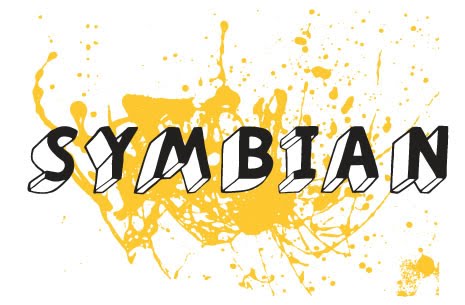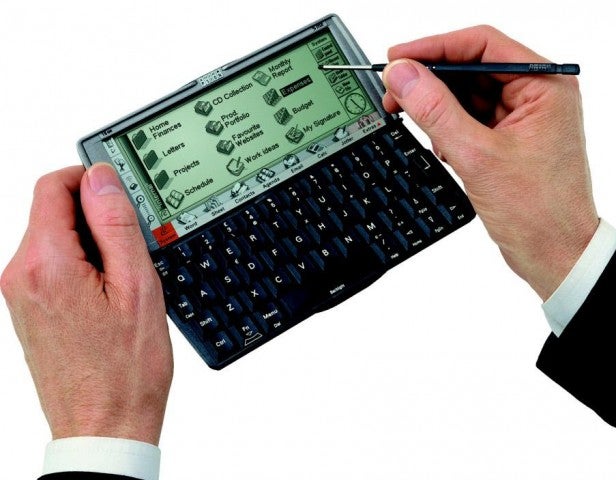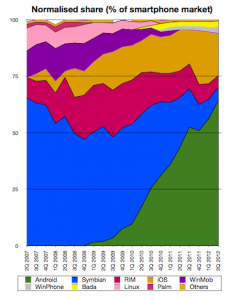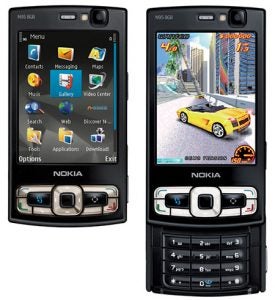RIP Symbian: The Cautionary Tale of a Fallen Giant

Dear developer,
Thank you for your improvement ideas, thus Symbian is in maintenance mode and no new features will be implement[ed] without extremely good reason (business case). We have written down your ideas for future development if there is a chance that new features will be released.
Kind Regards
Nokia Developer support
As death knells go, the one which sounded out for Symbian this week could hardly have been quieter or less acknowledged. No formal press release, no statement from Nokia CEO Stephen Elop – too busy with his Windows Phone 8 obsession – and not even a blog post. Instead it was left to Developer support to tell the user of a Nokia E7 that they did not care about his reported bug. Symbian is in ‘maintenance mode’, its evolution (and consequently its life cycle) had come to an end.
Detractors will immediately rush to say Symbian’s relevance ended a long time before that, and they’d be right. Once king of the ring, Symbian has failed to land a meaningful blow in years and now punch drunk and slumped to the canvas it simply awaited a 10 count. 
Historic Heights
It wasn’t always that way. Having fallen so far it is easy to forget how high Symbian once soared and how influential it was in putting mobile phones into our pockets. Originating from Psion’s EPOC operating system in the late 1980s and featured in class redefining devices like the late 90s Psion Series 5 and Psion Series 7 PDAs. EPOC was rebranded ‘Symbian OS’ when Psion’s software division became Symbian Ltd in 1998 following a huge joint venture with Ericsson, Nokia and Motorola.
The deal was a landmark creating a standard platform for the world’s largest phone makers. Slowly Nokia became the dominant player reaching a near-50 per cent market share in 2007, a figure no single company is ever likely to achieve again. Symbian’s success, however, was even greater with Gartner claiming it appeared on nearly 70 per cent of all handsets sold at this time (see diagram). Android is creeping towards a similar total today, but with Windows Phone 8 and BlackBerry 10 on the way it is doubtful whether it will ever overtake it.

Hardware Innovation
Quantity over quality was a common accusation in Nokia’s heyday, but Symbian was driving hardware innovation. Late 2006 saw Nokia unveil the Symbian S60 powered N95 and for the first time the company refused to call it a phone. Instead it was labelled a ‘mobile multimedia computer’ and with HSDPA, a 5MP camera, 30fps video playback, WiFi, Bluetooth, a microSD expansion slot and stereo speakers it was certainly far ahead of its time. It sold like hot cakes and the subsequent N95 8GB (pictured) sold even better.

In giving phone makers a common platform Symbian had freed them to focus on hardware. The trouble was Symbian was so commonplace, so dominant it had become taken for granted just as Apple was about to revolutionise mobile phone software with its iPhone.

